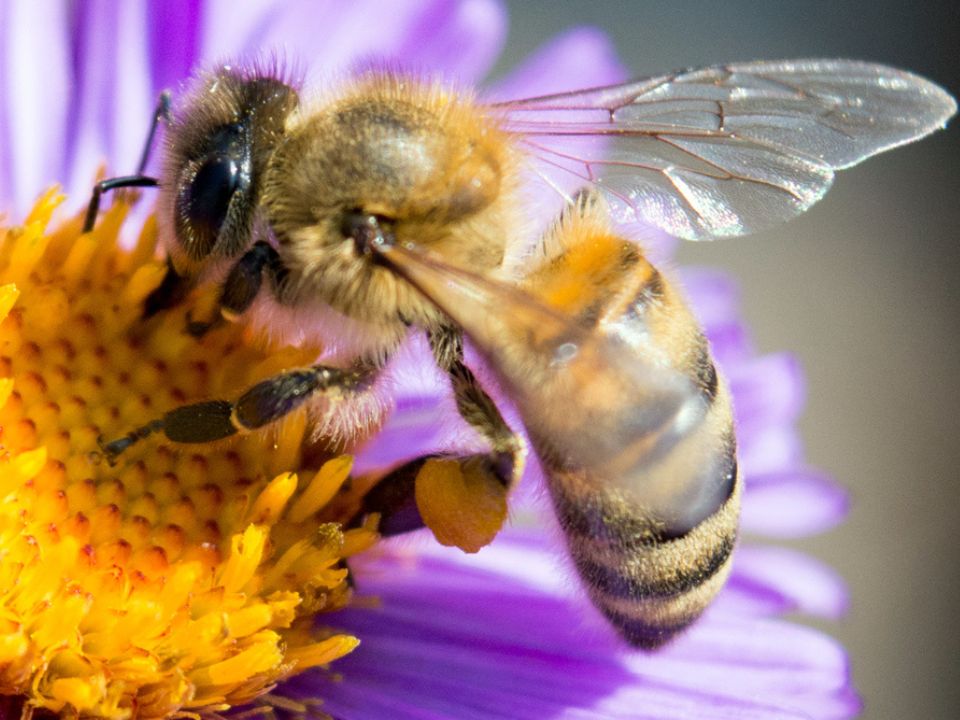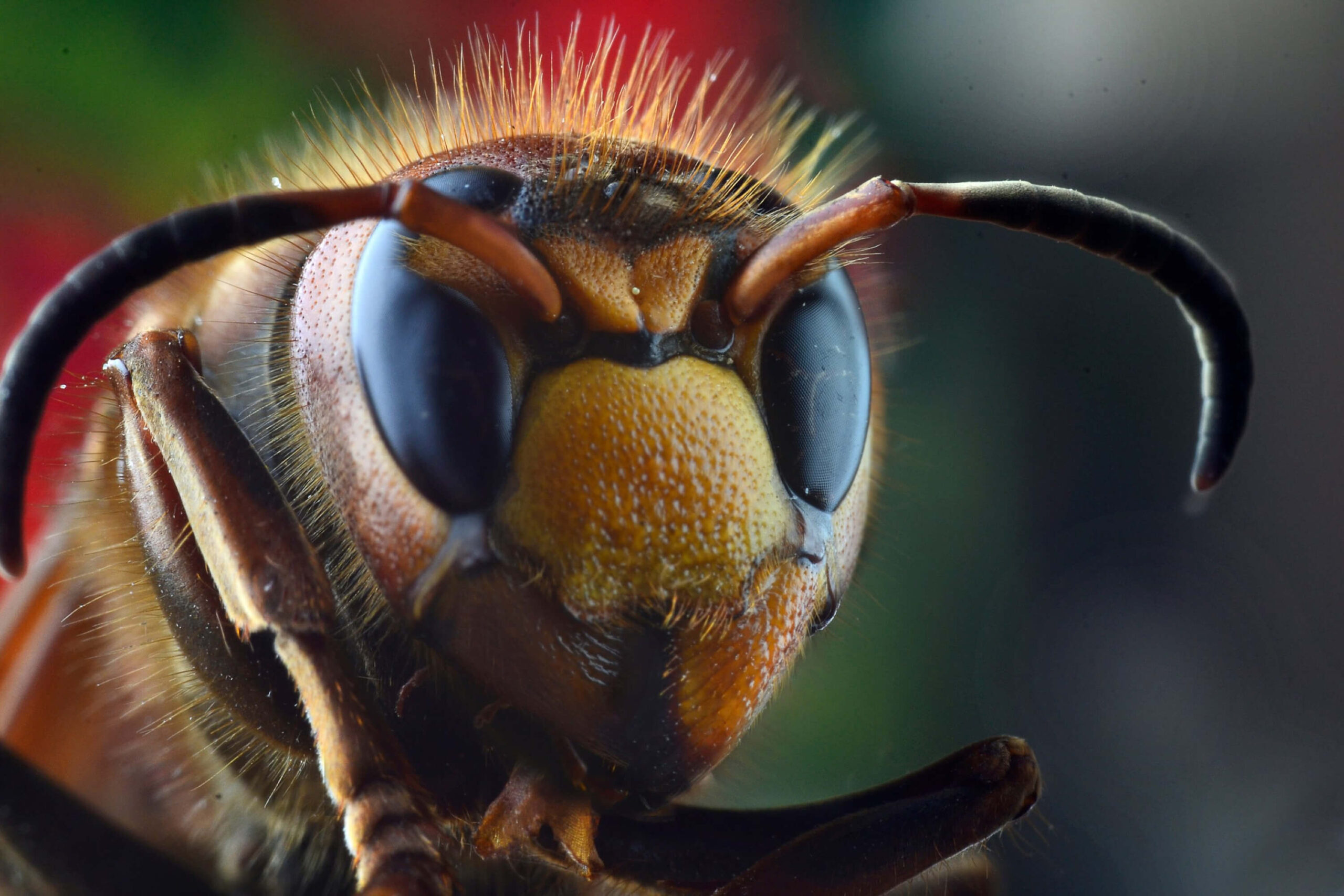
Bee Wings: The Remarkable Structures That Propel Nature’s Workers
Ah, the humble bee symbolizes perseverance and nature’s delicate balance. Have you ever considered the marvel of their wings, the crucial yet often overlooked aspect of these tiny creatures?

The Mystery Behind How Can Bees Fly at Night
Have you ever wondered what bees do around the clock? Yes, as we all know, they are busy during the day gathering nectars and pollens from the flowers, but what about at night? Can bees fly at night too? Do they also work at night?
